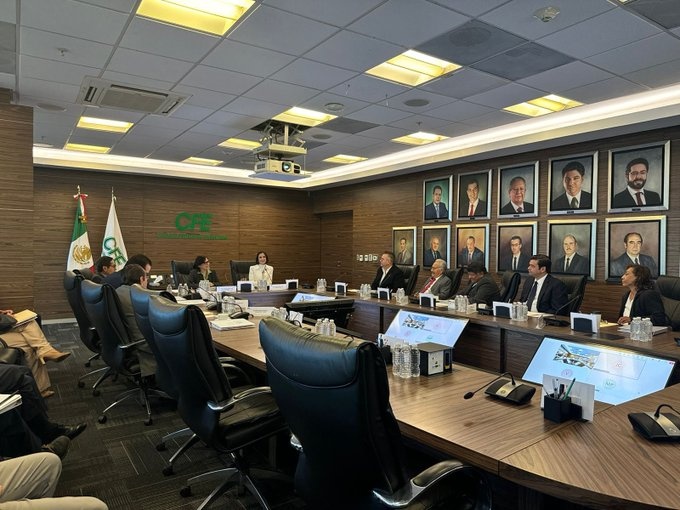The recognition by President Claudia Sheinbaum Pardo that the student massacre of October 2, 1968 in Tlatelolco constituted a crime against humanity
and the public apology that the Mexican State expressed for this must be translated into concrete actions against those responsible, urged survivors and relatives of victims who are members of the Committee 68 for Democratic Freedoms, commemorating 56 years of repression by the armed forces.
GALLERY: They pay tribute to victims of October 2, 1968
Supported by thousands of university students, rural normal students, members of indigenous communities and union and popular organizations, the members of Committee 68 marched from the Plaza de las Tres Culturas to the capital’s Zócalo, to reiterate their demand for justice, as they have done for some time. decades.
In a commemoration that was described by themselves as especial
when framed in the beginning of a new federal government, historical leaders of the student movement of ’68 maintained that the apology and the presidential decree are welcome.
Members of Committee 68 march towards the Zócalo. Photo Germán Canseco
Neither forgiveness nor forgetting
More than five decades have passed and the student force continues to resonate in the streets. Amid huélums y goyasthe slogans were heard It was the Army!
, neither forgiveness nor forgetting, punishment for the murderers
, My generation wants a title, not a death certificate
.
At the front of the contingent, survivors carried a large blanket with the legend: stop impunity
and a new model of justice for the people. After just over an hour, the mobilization reached the Zócalo where the central rally was held. In front of the National Palace, Félix Hernández Gamundi recognized that the presidential decree establishes the State’s commitment to non-repetition and opening the space and the paths for the action of justice. This is what we have been demanding for more than 50 years.
.
After the statement, in which more investment was also requested for education and justice for the 43 missing normal students from Ayotzinapa, the protesters observed a minute of silence for the deceased former leaders such as Roberta Avendaño, The Aunt; Raúl Álvarez Garín and Mario Álvarez Cartagena.
Although the mobilization took place in relative calm, it was not free of disturbances caused by hooded people dressed in black. The attacks began on 5 de Mayo Street, where they launched a dozen rockets and Molotov cocktails at the Postal Palace, in addition to looting a pharmacy and a clothing store.
Once in the Zócalo, while the central rally was taking place, more than 50 young people from the so-called black bloc vandalized the capital’s Government building, which unlike the National Palace and the Metropolitan Cathedral was not protected with anti-riot metal fences, so that there were broken glass and fires in its central doors.
Minutes later, in that area and in the Old Town Hall Palace, dozens of agents were deployed to protect the facilities, while the organizers of the march called not to fall into provocations. It was the moment of greatest tension, since the hooded men insisted on throwing stones, sticks and Molotov cocktails at the security elements, who formed barriers with their shields to contain them, in addition to activating fire extinguishers to repel the group and thus disperse them.
#Thousands #march #Zócalo #remember #years #repression #students
– 2024-10-08 09:35:49


